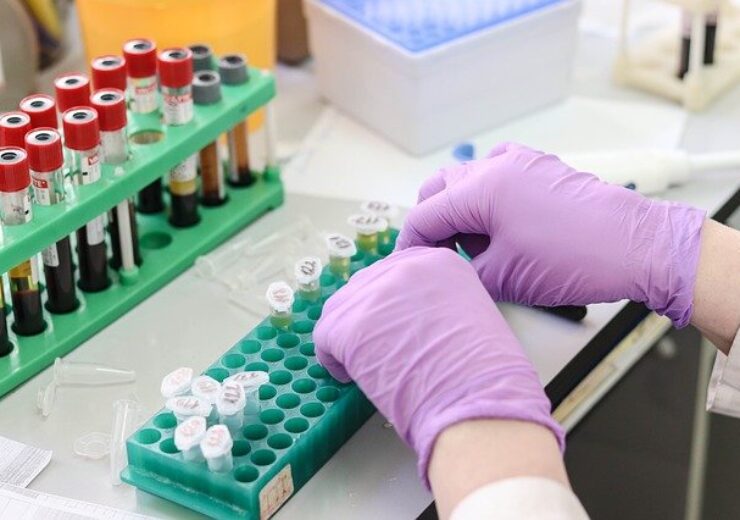Promega PBMC ADCC Bioassay combines physiologically representative primary cells with reliable quantitative readout technology

New primary cell bioassay from Promega Corporation. (Credit: Belova59 from Pixabay.)
Drug developers have a new bioluminescent tool to characterize how potential pharmaceuticals behave in biologically relevant systems. A new primary cell bioassay from Promega Corporation uses peripheral blood mononuclear cells (PBMCs) to measure the antibody-dependent cellular cytotoxicity (ADCC) of antibodies during drug development and characterization. This platform provides a more consistent and reliable alternative to traditional primary cell ADCC bioassays.
The PBMC ADCC Bioassay is the first kit to offer ADCC-qualified PBMCs alongside Promega technologies. It incorporates a simple add-mix-read format, sensitive luminescent readout, yielding a robust assay window. A variety of available assay formats provide ADCC-qualified PBMC effector cells and, instead of radioactive or fluorescent markers, a choice of popular target cells expressing a HiBiT fusion protein. Upon target-cell killing, a bright luminescent signal is generated.
“We developed this cell-based assay to mimic in vivo situations,” says Jey Cheng, Promega Senior Research Scientist, Bioassay Development. “In this way, we can help researchers to get the best therapeutic results from their molecules.”
BioIVT Partnership
Promega developed the new PBMC ADCC Bioassay in partnership with BioIVT, a global provider of biological specimens with extensive access to donors worldwide. The partnership enables development of quantitative and reproducible assays using physiologically relevant models that reflect true human biology.
The Promega PBMC ADCC Bioassay joins a comprehensive portfolio of functional bioassays and structural characterization tools to accelerate discovery and development of antibody therapeutics through all stages. Promega and BioIVT intend to continue the relationship to develop more bioassays using human primary cells.
Source: Company Press Release
